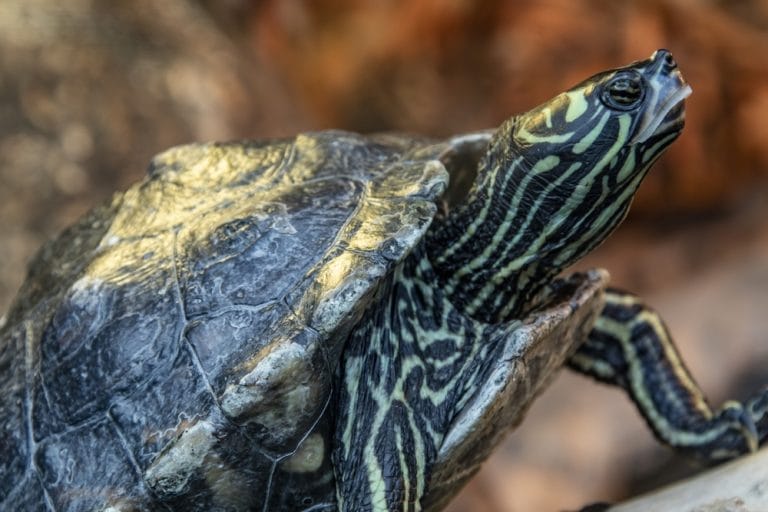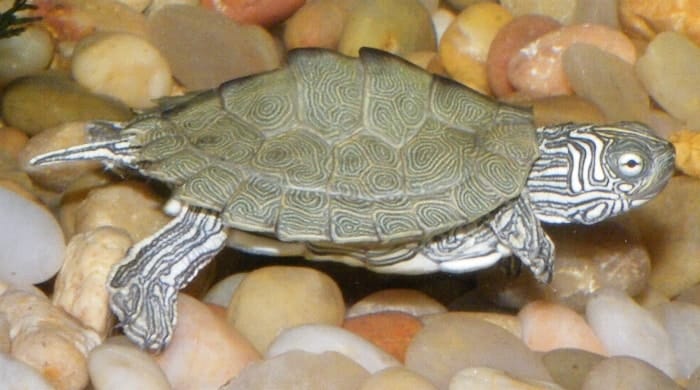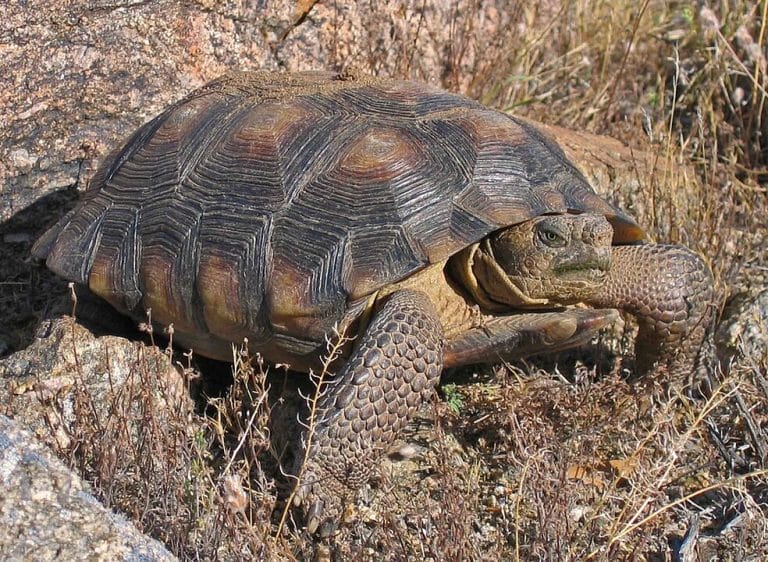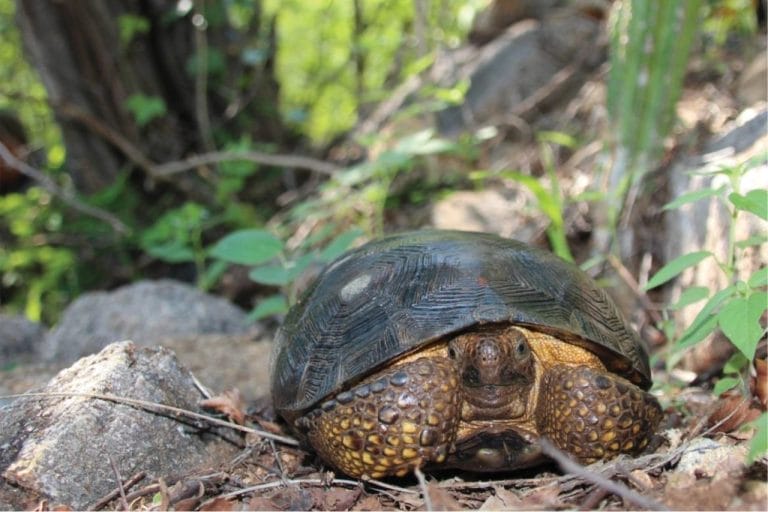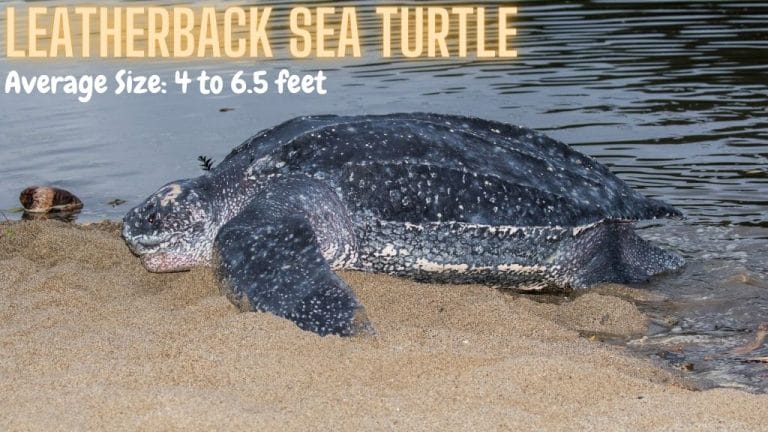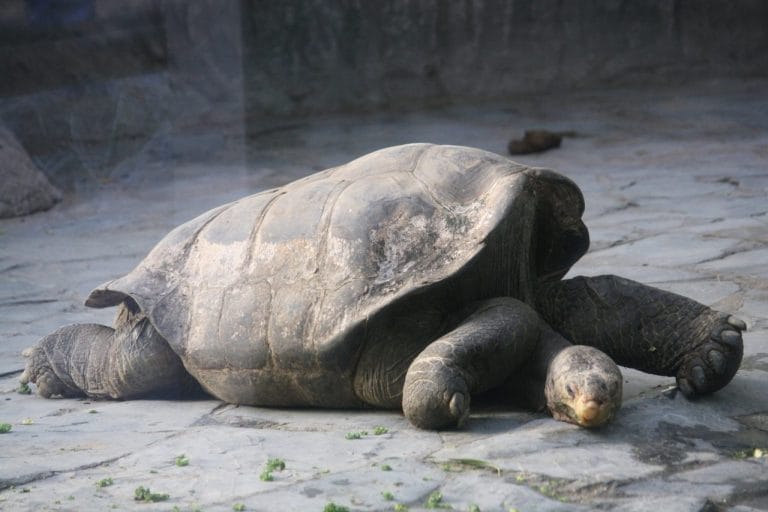Graptemys nigrinoda (Black-knobbed Map Turtle)
The Black-knobbed Map Turtle is a small to medium-sized freshwater turtle native to the southeastern United States. Renowned for the distinctive black knobs along its shell’s central ridge, this species exhibits unique physical characteristics and behaviors that make it a fascinating subject of study for herpetologists and nature enthusiasts alike. Scientific Classification Common Names Identification…



